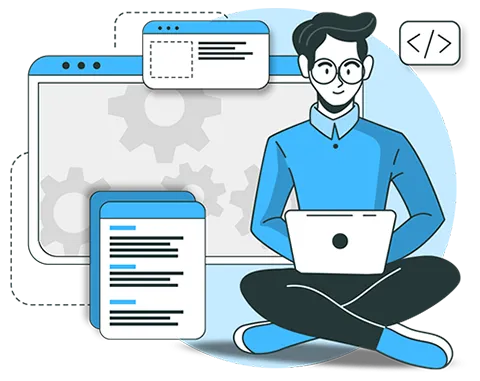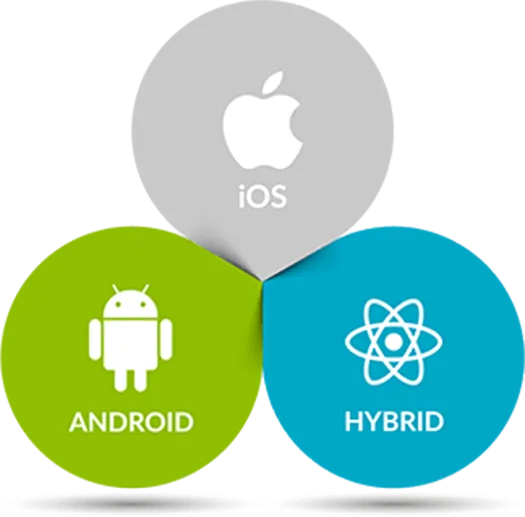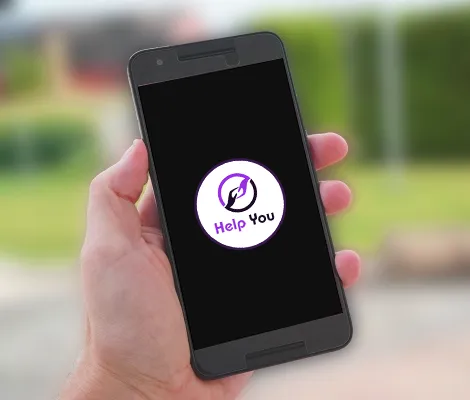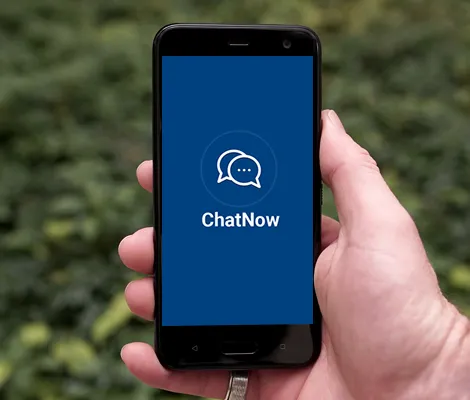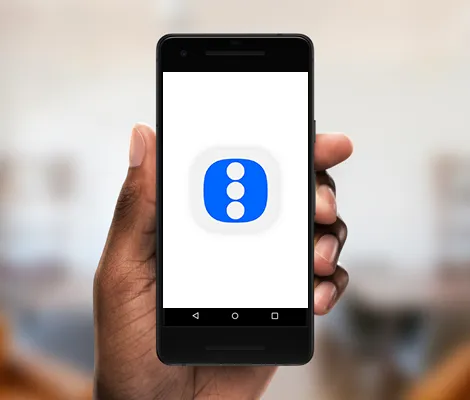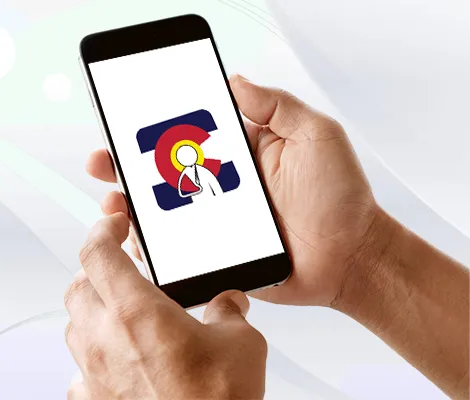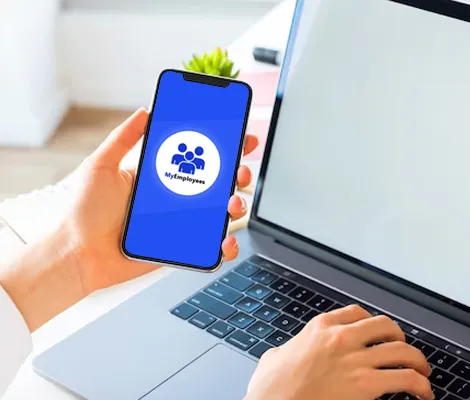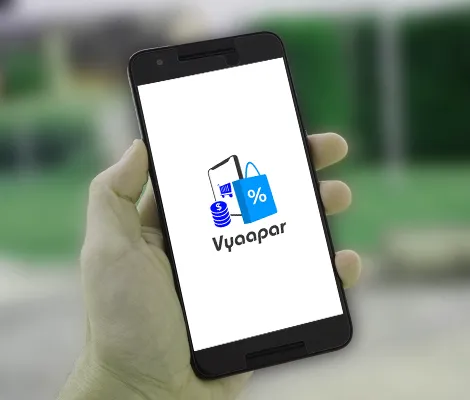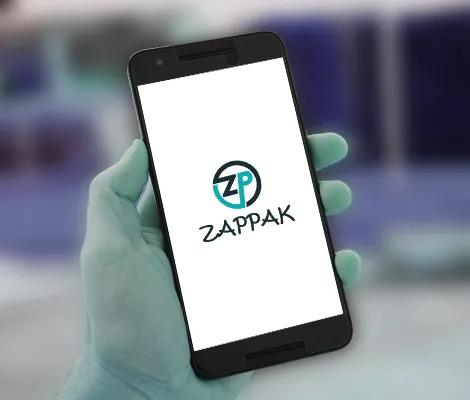Define Project Scope and Requirements
Clearly outline the goals, features, and functionalities of your app. Identify the target audience, platforms, and devices to ensure a comprehensive understanding of project requirements.
Choose a Cross-Platform Framework
Select a cross-platform development framework that aligns with your project needs. Popular frameworks include React Native, Flutter, Xamarin, and PhoneGap. Consider factors such as performance, community support, and integration capabilities.
Design User Interface (UI/UX)
Develop a user-friendly and consistent UI/UX design. Ensure that the design elements are adaptable to various screen sizes and resolutions, maintaining a cohesive experience across different devices.
Codebase Development
Write the application code using the chosen framework. Cross-platform frameworks allow developers to use a single codebase for both iOS and Android, minimizing duplication of effort and resources.
Testing
Conduct thorough testing to identify and resolve any bugs or issues. Test the app on different devices, operating systems, and screen sizes to ensure a seamless user experience across all platforms.
Integration of Native Features
Leverage the capabilities of the cross-platform framework to integrate native features of the target platforms. This ensures that the app can access and utilize device-specific functionalities.
Optimization
Optimize the app's performance for each platform. Fine-tune the code, graphics, and other elements to ensure efficient operation on both iOS and Android devices.
Quality Assurance (QA)
Perform comprehensive QA testing to validate the functionality, security, and performance of the app. This step is crucial to identify and address any issues before the app is released to users.
Deployment
Prepare the app for deployment on the respective app stores (Google Play Store for Android and Apple App Store for iOS). Follow the guidelines and requirements of each platform to ensure a smooth submission process.
Post-Launch Support and Maintenance
Provide ongoing support and maintenance to address user feedback, fix bugs, and implement updates. Regularly update the app to stay compatible with the latest operating system versions and address emerging issues.
